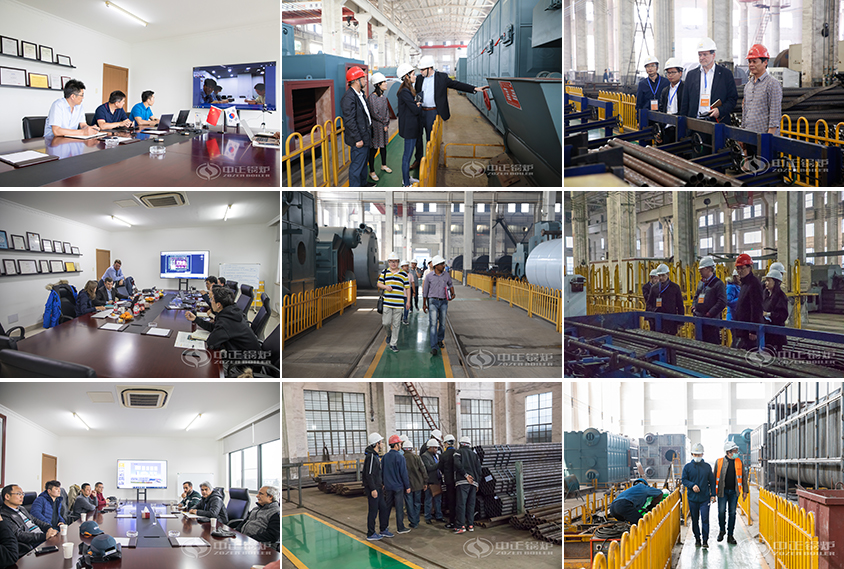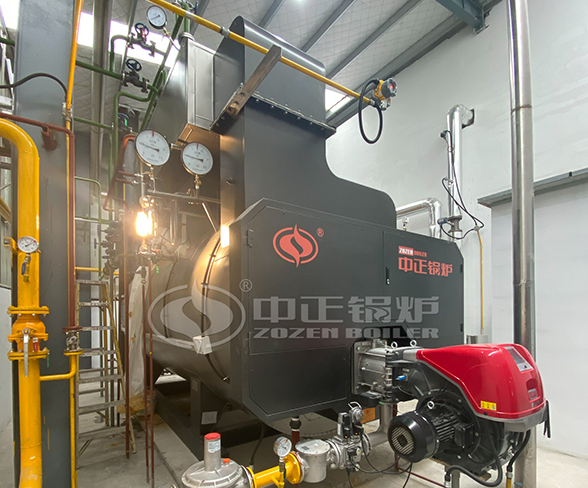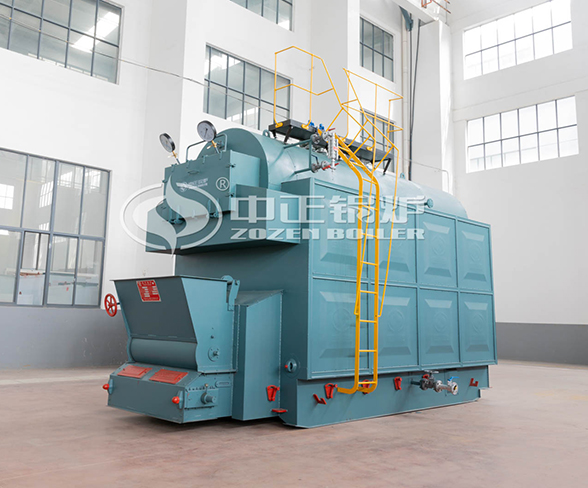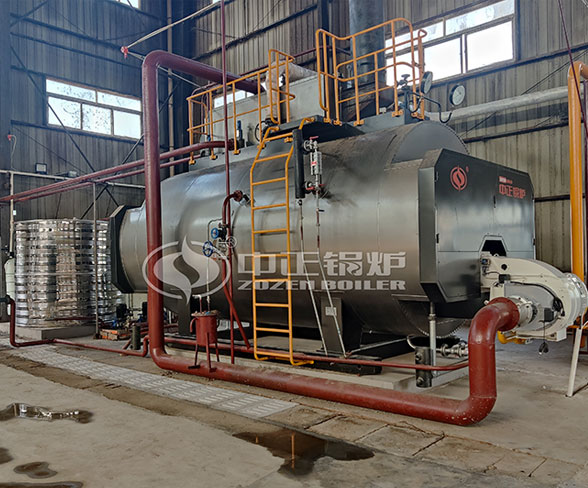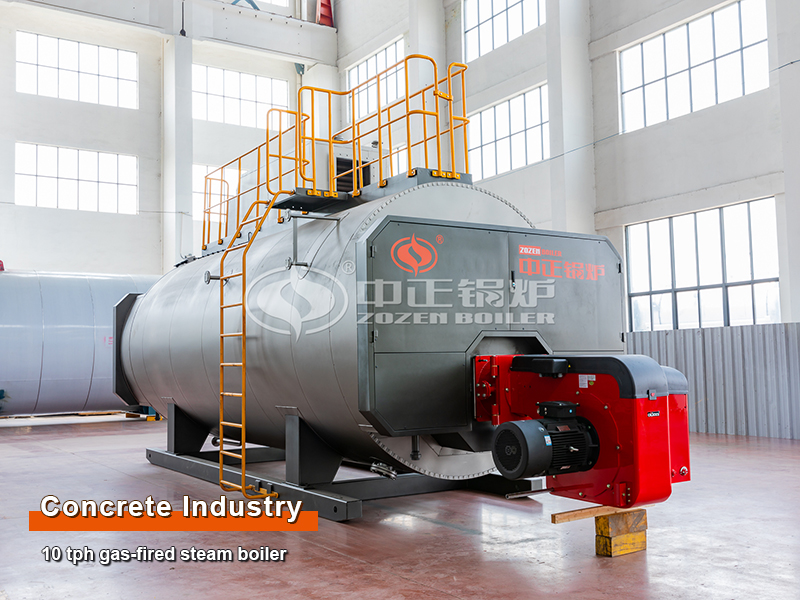When it comes to boiler selection, one crucial decision is choosing fire tube vs water tube boiler. These two types of boilers differ in structure and operational principles, each offering unique advantages and suitability for specific applications. This article aims to provide a comprehensive comparison of fire tube and water tube boilers, using the examples of ZOZEN Boiler’s WNS series fire tube boiler and SZS series water tube boiler.
Fire Tube vs Water Tube Boiler Characteristics Comparison
In a fire tube boiler, the threaded smoke tubes are surrounded by water. While passing through the threaded smoke tubes, the high temperature flue gas heats the water or vapour and ultimately produces steam or hot water. The operation mode of a water tube boiler is exactly the opposite of that of a fire tube boiler. A water tube boiler is such a kind of boiler where the water is heated inside tubes and the hot gas surround them.
Fire tube boilers are known for their straightforward design, ease of operation, and reliable performance. They are suitable for small-capacity applications and low-pressure conditions. Water tube boilers excel in high-pressure and large-capacity applications. They provide efficient heat transfer, leading to enhanced energy efficiency and the ability to meet substantial steam demands.
Fire tube boilers offer rapid start-up and response times, making them ideal for applications requiring immediate steam or hot water supply. Water tube boilers are known for their superior energy efficiency, thanks to improved heat transfer and effective circulation. They also ensure high steam quality, crucial for certain industrial processes.
ZOZEN Fire Tube vs Water Tube Boiler Parameters Comparison
WNS series gas-fired steam boiler
Thermal capacity: 1-20 t/h
Working pressure: 0.7-2 Mpa
Available fuel: Natural gas, coke oven gas, biogas, diesel, heavy oil, light oil, crude oil, etc.
Available industries: Heat supplying, chemical, food, textile, printing and dyeing, cigarettes and tobacco, fodder, pharmacy, building materials, brewery, rubber, hospital etc.
SZS series gas-fired steam boiler
Thermal capacity: 2-110 t/h
Working pressure: 1.25-5.3 Mpa
Outlet temperature: 194-540 °C
Available fuel: Natural gas, coke oven gas, blast furnace gas, carbon black tail gas, biogas, diesel, heavy oil, light oil, crude oil, etc.
Available industries: Heat supplying, chemical, food, textile, printing and dyeing, cigarettes and tobacco, fodder, pharmacy, building materials, brewery, rubber, hospital etc
ZOZEN Fire Tube vs Water Tube Boiler Advantages Comparison
WNS series gas-fired steam boiler
- Simple structure, compact size, easy to install, low production and construction costs.
- Low failure rate, easy maintenance, low maintenance and operation costs.
- The use of ZOZEN high efficient threaded smoke tubes prolongs the staying time of flue gas and effectively improves the thermal efficiency.
- The use of a large-diameter corrugated furnace reduces the thermal stress of the boilers. With sufficient steam storage space and heating surface, the boilers can produce high thermal power and high quality steam.
SZS series gas-fired steam boiler
- Water tube boilers have large capacity which can withstand higher pressure and temperature. The maximum capacity has reaches 110t/h.
- Water tube boilers can produce steam quickly and produce saturated or superheated steam according to actual requirements. Meanwhile, with good adjustment abilities, the boilers can precisely track load fluctuations.
- The heating area of water tube boilers is the surface of tubes placed in the furnace instead of the boiler drum, which has good heat transfer effects and safety performance.
- The boilers adopt membrane water wall structure. The reasonable design of the size of drum and steam-water separator can increase the steam quality.
Comparing ZOZEN Boiler fire tube vs water tube boiler requires careful consideration of specific requirements and application environments. This process of comparison empowers customers to make well-informed choices that maximize operational efficiency, reliability, and cost-effectiveness in their industrial settings.



